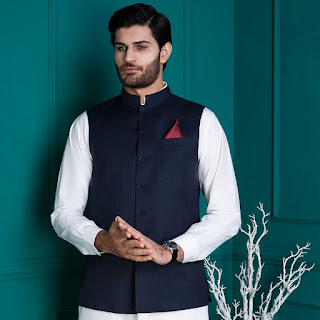Evolution of Natural Fibers and New Alternatives
I search for the string as I search for groceries. When I contemplate what type of food I wish to eat, I contemplate the next traits, more or less so as:
1) minimally processed;
2) local source; and
3) organic production.
New food without additives, additives, food colorants, and such is at the top of my number largely for wellness reasons. Several additives are unnecessary. Contemplate that white peppermint chocolate processor ice product likes only just like green. The less my food is processed the better and that moves for my string selection too. I choose normal fibers around synthetics or natural/synthetic blends because I could finally compost the former; the latter two will not decompose in my own lifetime.
When considering seed fibers, I favor those that are naturally fibrous (cotton, hemp, flax) around regenerated fibers (bamboo, soy) which require chemical inputs to produce them into fibers. I look for beautiful normal shades for my projects. Why color wool color, brown, dull, or dark when sheep can be found in these shades naturally? Did you ever realize that sheep don't diminish even once they stand in sunlight all day long? That's a lot more than you can get from dyed Regenerated yarn.
I buy just as much local food as possible, produced possible by Farmers' Markets. The food is better, has a local identity, and does not have to visit on a plane or vessel to get at my plate. I love to purchase string in this manner too. Luckily I have got an earth-friendly local spinner and a local Sheep and Wool Festival. Several claims have Sheep and Wool Festivals where you are able to buy string and learn the title of the pet that grew it. Local string shops usually take local yarns and may assist you with your challenge when you really need it.
Just while the effect of one's organic food buy ranges with the type of fresh fruit or plant in your shopping cart software, it's exactly the same with yarn. Considering the total amount of pesticide that is used to make old-fashioned cotton, the organic cotton string is a must. I'm less clear about hemp since it is a fairly pest-free plant and doesn't require exactly the same number of chemical inputs. If it is organic, that's great. Or even, that's probably OK too. Natural wool is fine if geography allows that the creatures may be increased without being burdened with parasites. My goats and llamas aren't organic due to the central (not used straight for their wool) wormers and vaccines they get, as recommended by their veterinarian to keep them healthy.
One might think using food-getting standards to string is an expansion because I won't exactly be ingesting my scarf for dinner. I actually do, however, end up getting a completely biodegradable product. It might be difficult to consider composting something you may spend days, weeks, or weeks making sew by stitch. But let's face it, everything comes with a conclusion to their useful life and occasionally you will find hand-knit catastrophes (think puppy). I love the thought of my give knits being biodegradable. It indicates that they can eventually keep on, only in some other type - a plant, or maybe even sheep.
Writer Information: Lynn Blevins may be the founder of Compostable Goods, an organization that specialized in marketing biodegradable and compostable products, including yarns. She is a knitter, llama, and angora goat caretaker, environmentalist, and enthusiastic house composter.



Comments
Post a Comment